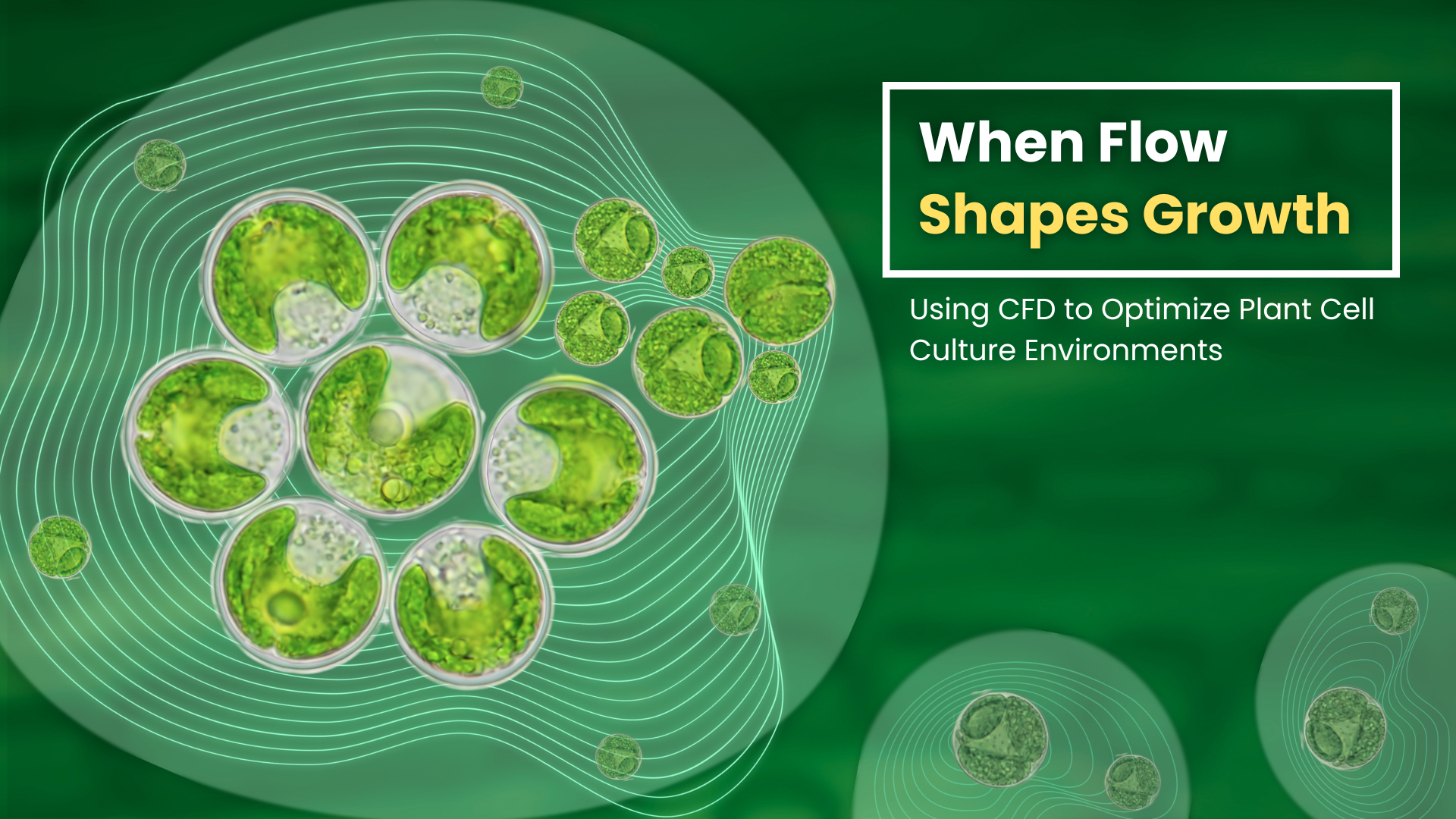
Playing games is kid’s stuff, isn’t it? Well, then, it would surprise you to know that the concept of games has research significance and practical applications. Gamification, the integration of game elements into activities like work and learning, has captured the attention of scholars and practitioners from various fields of practice and academic disciplines. It has proven effective in engaging and motivating people in diverse realms Laser 247 , ranging from education and healthcare to protein structuring and space research.
Gamification refers to the practice of changing processes, products, organizational structures, or almost any human-integrated activity into a game-like experience that leads to desired behavioral changes. Organizations are keen on harnessing the untapped potential of gamification in transforming their practices, especially in the metaverse era. Evidence indicates that gamification creates a unique game-like experience called a ‘gameful experience.’ However, this field is still in its infancy. What precisely drives a gameful experience? How do gamification designers create this experience? Surprisingly there was no clarity on this.
The inquisitive minds of Dr. Nibu John Thomas and Prof. Rupahsree Baral from the Department of Management Studies, Indian Institute of Technology Madras, Chennai, India, Dr. Oliver S. Crocco from Leadership and Human Resource Development, Louisiana State University, Baton Rouge, LA, USA, and Ms. Swathi Mohanan from the Department of Commerce, University of Calicut, Calicut, Kerala, India, join together to study this phenomenon. They sought insights from seasoned gamification designers across different industries and regions.
The study participants, the experienced gamification designers, were selected and narrowed down from an advanced search of LinkedIn profiles. In the first stage, the keyword “gamification” was used and 908 relevant profiles were found. After this, individuals with gamification designing experience were considered and further narrowed down to 133. With more specificity, the final list of participants was narrowed down to 14 plus 3 additional participants so that 17 interviews of gamification designers were conducted and data saturation was achieved.
The 17 participants came from different parts of the world, and most of the participants had more than four years of experience in gamification design. Some of them worked in multinational companies such as IBM, Marsh McLennan, and TCS, and some in gamification companies such as Octalysis Group and Gametools.
Through in-depth interviews with these designers and thematic analysis of their insights, the authors discovered eleven key themes that formed the backbone of gameful experiences. They grouped these themes into four mighty categories: the art of nudging, the thrill of flow, the wonders of an alternate reality, and the spark of hedonism. Nudging involves influencing behaviour through triggers, rewards, and curiosity. Flow is about achieving a state of enjoyment through clear goals, feedback, and progressive challenge. Alternate reality refers to creating immersive worlds and connecting users to new realities. The hedonic experience focuses on providing fun, entertainment, and overall satisfaction. These categories capture the essential components of the ‘gameful experience’ in a broad sense. As they delved deeper, they uncovered the powerful impact of positive psychology and the rising tide of the Metaverse.
This study has many theoretical implications. Firstly, various experiences associated with gamification were identified and classified into four specific categories. Secondly, more focus has been devoted to the outcome rather than the gamification process. Thirdly, the identified aspects of the gameful experiences are clarified by mapping them to established constructs, which may encourage future research that could extend the meaning or scope of gamification. Similarly, for practice, this study provides a framework for gamification, offering guidance on incorporating specific experiences in a gamified setting. It helps practitioners understand the mechanisms behind gameful experiences like nudges and flow. It provides insights into design strategies such as instigating curiosity, providing rewards, progressive challenges, and highlighting progress.
To conclude, gamification plays a significant role in different facets of life. It has the potential to contribute to the creation of a better world through engagement and enjoyment at work and in life. This study could also represent a quintessential step towards conceptualizing and measuring gamefulness, enhancing the practicality of gamification and furthering the research in this domain.
Prof. J. Tuomas Harviainen, who is a Professor of Information Studies and Interactive Media, at Tampere University, Finland, pointed out the unique approach taken by the authors and gave his appreciation of the work done by the authors with the following comments: “Gamification research and deployment are areas that currently develop at a very fast pace, yet the views of the gamification designers themselves have been so far largely unexplored. The new article by Thomas and colleagues addresses this gap well, using very rich interview data to discuss developers’ viewpoints. In addition, the article contains a solid set of references to existing key research, making it a highly useful reading list for any researcher or practitioner of gamification.”
Article by Akshay Anantharaman
Click here for the original link to the paper











